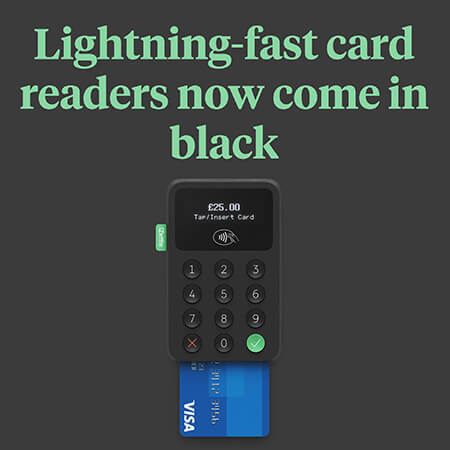POS systems: buy or rent?
poshunter.comLast update 22. January 2021 Reading time 2:24 minWhen you’re buying a POS system, you’ve got two options: buy outright or rent.
But before you make a rash decision, there are a few key things to consider first. We’ve put together some information on cost and laid out the facts for you, so you can make an informed choice.
What do modern POS systems cost?
If you’re just looking at buying a card reader, like those from Zettle, Square or SumUp, then you’ll only pay £29 + VAT – or £45 for PayPal Here.
But for the pos systems themselves, the prices are much higher. If you’re looking to buy an iPad or Android POS system, you can get a bundle including your main device for between £700 and £1,000.
If you are looking at a terminal system, the prices are somewhat higher. Take Epos Now, for example, who offer a terminal-based POS package for £1,199 plus VAT.
And when we talk about a POS system bundle these days, you should expect a tablet or terminal, a stand, till, receipt printer and card reader, as well as the software of course.
What features do they offer?
The main advantage of POS systems is that they offer complete digitisation of your sales.
You can take payments either on a terminal or on a card reader and print receipts wirelessly and in this respect, they offer similar features to traditional systems. But you can also view history, calculate tax, produce reports, email receipts and store data on the cloud, all in real time.
Then there’s monitoring staff and customers, and having multiple users operating multiple terminals portably. It is a far cry from the tills of old.
There are also many possibilities for customisation with the software. POS systems can act as portable menu systems within restaurants, booking systems for the hospitality industry and overarching management interfaces for large businesses such as hotels. It is this versatility that is the real draw for POS systems in the modern era.
How to finance your new POS system – buy vs. rent
Now, the main reason that you might choose to lease your POS system is cost. If you’re starting up a larger, dynamic business that will require multiple terminals or access for multiple staff, it might be simply unaffordable to find the money up front.
And as leasing saves you spending a large amount of money, it’s also efficient in terms of ongoing tax, as your ongoing costs can be claimed and offset as you spend. The incremental costs associated with adding multiple accessories will be far less severe than an upfront payment and you’re likely to receive a good level of support as, in the eyes of the provider, you are an ongoing customer rather than a one-off.
However, leasing is always more expensive in the long run than buying outright. And with a lease agreement, many POS companies will tie you into contracts, where outright purchases mean you’re completely free to change provider or opt-out at no notice. You can also sell off your POS equipment as assets if you own it upfront, and you won’t lose out.
The other option, of course, is to use a tablet-based POS system, which lowers cost and makes buying outright more achievable. And with the right accessories and a bit of careful planning, tablet-based POS systems can actually surpass traditional systems in terms of the way in which they can be used to benefit your business.
You can read more about tablet-based systems here.
Conclusion
While POS systems have come down in price to meet demand in recent times, they are still fairly expensive for new and small businesses. This can lead to leasing as the only option, but iPad and Android POS systems are beginning to solve this issue, and more and more businesses are moving over to a tablet approach as a way to afford the initial cost, without sacrificing any functionality.
You may also like:
Top image: Pressmaster | Shutterstock

 España - Español
España - Español France - Français
France - Français UK - English
UK - English